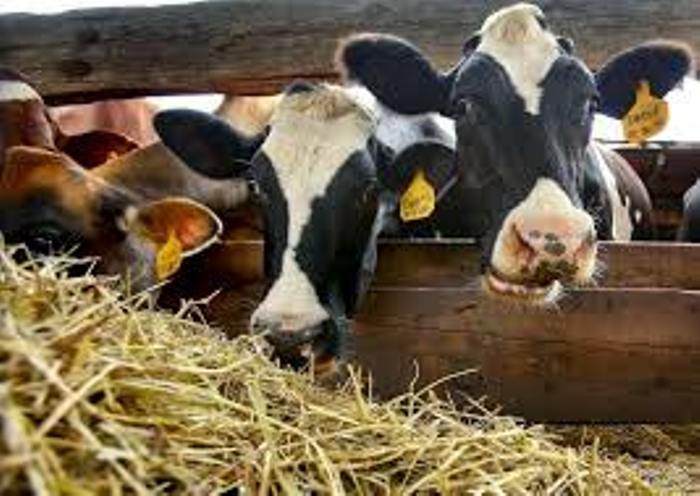The FSA began taking applications May 26. The top states for CFAP dairy payments at the end of June were:
Wisconsin: $224,355,698 – 4,501 applicants
California: $140,655,620 – 759 applicants
New York: $111,269,527 – 2,082 applicants
Pennsylvania: $59,777,557 – 1,799 applicants
Minnesota: $57,719,913 – 1,694 applicants
Michigan: $54,849,737 – 692 applicants
Idaho: $45,851,317 – 257 applicants
Iowa: $31,943,750 – 704 applicants
Washington: $31,788,932 – 234 applicants
Ohio: $29,333,742 – 674 applicants
Texas: $26,721,998 – 207 applicants
In addition to dairy, payments totaled $2.43 billion to livestock producers, $1.27 billion to producers of non-specialty crops and $112.8 million to producers of specialty crops. Overall, the USDA FSA had approved about $4.86 billion in payments to more than 319,544 agricultural producers who applied for assistance through the CFAP as of June 29.
Applications will be accepted through Aug. 28, 2020, with application numbers and program payments announced each Monday on the CFAP website.
In other CFAP-related news:
The FSA will now accept applications for CFAP payments through an online portal and is working to enable FSA staff to complete applications submitted by producers from home. Through the online portal, producers with secure USDA “eAuthentication” login credentials, can certify eligible commodities online, digitally sign applications and submit them directly to the local USDA Service Center. Currently, the digital application is only available to sole proprietors or single-member business entities. Producers who do not have an eAuthentication account can learn more and begin the enrollment process here.
FSA is also leveraging commercial document storage and e-signature solutions to enable producers to work with local service center staff to complete their applications from home. Producers can complete and securely transmit digitally signed applications through two commercially available tools: Box and OneSpan. Producers who are interested in digitally signing their applications should notify their local service centers when calling to discuss the CFAP application process.
Other options for producers to complete and submit their CFAP applications include:
Downloading the AD-3114 application form and submitting the manually completed form to the local USDA Service Center by mail, electronically or by hand delivery to an office drop box. In some limited cases, the office may be open for in-person business by appointment.
Completing the application form using the CFAP Application Generator and Payment Calculator found here. This Excel workbook allows customers to input information specific to their operation to determine estimated payments and populate the application form, which can be printed, and then signed and submitted to their local USDA Service Center.
New customers seeking one-on-one support with the CFAP application process can call (877) 508-8364 to speak directly with a USDA employee ready to offer general assistance.
In its dairy industry news alert on June 29, NMPF said it had written to U.S. Agriculture Secretary Sonny Perdue last week, asking that the USDA expand its interpretation of the three-entity/$750,000 total payment limit established under CFAP. In the letter, NMPF expressed concerns that strict interpretation of the payment limits by county FSA officials were not accommodating some farm business structures, including those established as trusts.
The letter also repeated NMPF’s concern that seasonal dairy operations are disadvantaged by the use of the first three months of the year as the production base.
NMPF expressed hope that the USDA will revise some of the restrictive interpretations, or if not, Congress may weigh in to direct the agency to reassess its CFAP procedures.













